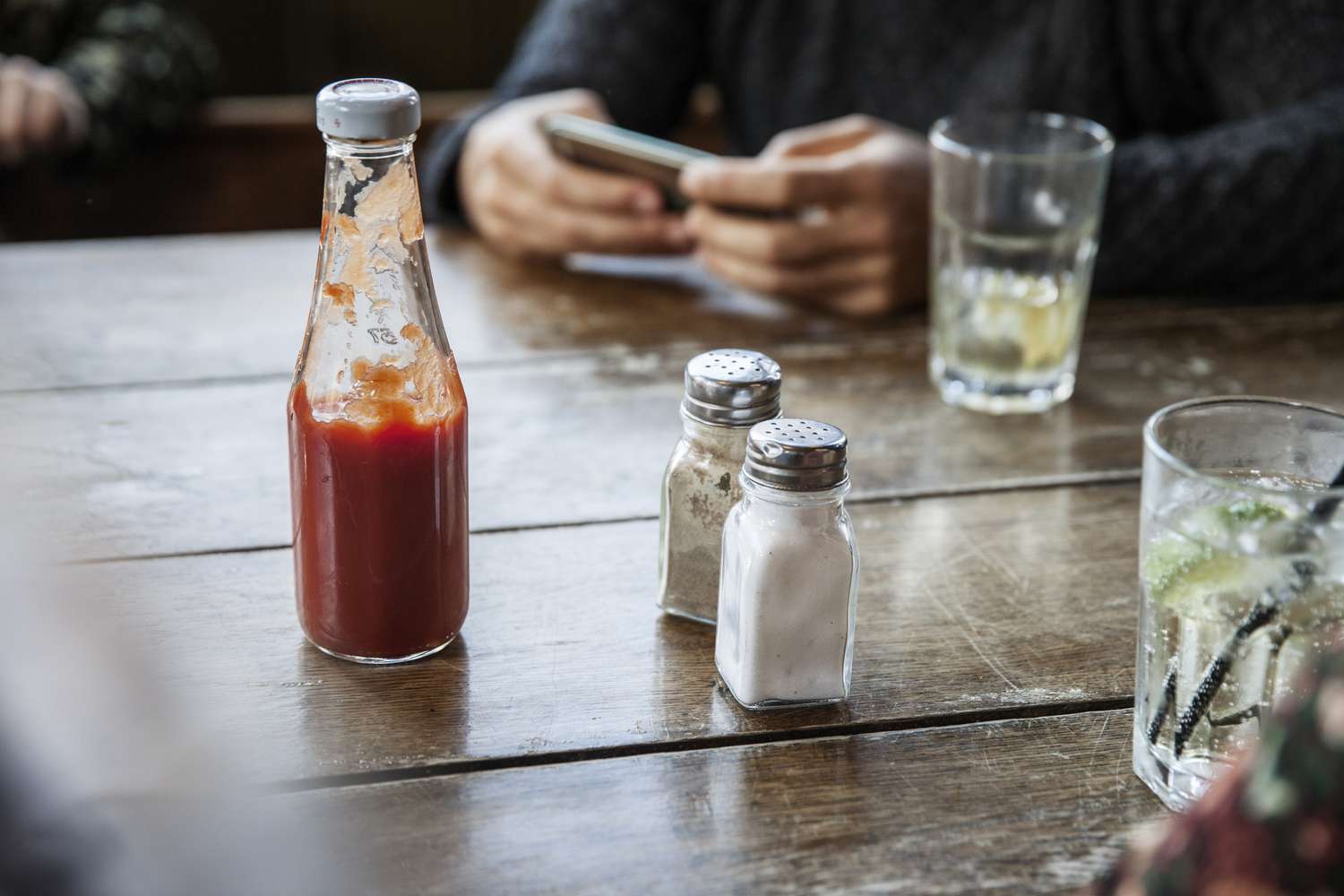Increased Consumption of Salt in Meals Could Heighten Risk of Type 2 Diabetes

Adding salt to your food on a regular basis could heighten the risk for type 2 diabetes, according to a recent study. It is widely recognized that nutrition plays a pivotal role in type 2 diabetes. Recent research, however, illustrates that the risk is not only attributable to carbohydrates and sugars.
A recent study published in Mayo Clinic Proceedings asserts that people who regularly consume more salt are more prone to developing type 2 diabetes. Tulane University researchers, who spearheaded the study, were prompted to conduct their research by an earlier study they completed.
Study author Lu Qi, MD, PhD, FAHA, Director of the Tulane University Obesity Research Center and the Tulane Personalized Health Institute, has stated that the addition of salt to foods is an indirect measure of long-term salt intake, which is linked to a greater risk for cardiovascular disease and mortality. The relationship between sodium intake and type 2 diabetes, as well as strategies for reducing sodium intake, is also explored in the research.
The study involved over 400,000 UK Biobank adult participants, who were free of diabetes, chronic kidney disease, cancer, and cardiovascular disease at the start of the study. The participants were split into four groups based on their salt intake: those who 'never/rarely' added salt to their foods, those who 'sometimes', 'usually', or 'always' did. The health outcomes of the subjects were monitored for an average of 11.9 years.
Compared to people who seldom or never added salt to their meals, those who responded 'sometimes', 'usually', or 'always' had higher risks of developing type 2 diabetes by 13%, 20%, and 39%, respectively. The study concentrated on salt in general without delving into specifics like sea salt, kosher salt, or Himalayan salt.
Vandana Sheth, RDN, CDCES, FAND, who was not involved in the study, remarks that sodium content plays a key role in diabetes risk. Sheth, a registered dietitian nutritionist and author explains that excessive sodium intake can be problematic and applies to all types of salt with substantial sodium content. Being aware of the sodium content of processed foods is equally as important as the quantity of salt we sprinkle on our meals.
It's been noted by the American Heart Association that up to 75% of an average American's daily sodium comes from processed foods. High sodium intake from these sources could also potentially contribute to type 2 diabetes risk.
Qi however cautions that the study is observational and does not establish a cause-and-effect relationship. With diabetes, the primary concern is blood sugar levels. Historically, the relationship between diet and diabetes has been focused on carbohydrates which convert into sugars in the blood. The role of sodium in developing diabetes is a relatively new concept.
There are several potential links between added salt and increased blood sugar. People adding salt to their diet might consume calorie-heavy meals leading to weight gain, which can inflate the risk of diabetes. Qi suggests there may be a connection between high body fat from added salt and the observed risks.
Sheth also presents a theory that salt might stimulate larger food intake resulting in obesity and inflammation, which in turn raises the risk for diabetes. Qi concurs, underlining the possibility of inflammations as another explanation, but admits further research is needed to establish this link.
Reducing sodium from your diet doesn’t have to lead to tasteless meals. Applying creative strategies can reduce sodium intake while maintaining your meal's flavor. Based on the study's results, keeping the salt shaker out of reach during meals can dissuade from adding additional sodium to your food.
Sheth recommends reducing your sodium gradually, rather than all at once, since dramatic dietary measures often don’t stick.
Some small strategies that help keep sodium low are rinsing canned foods like beans and vegetables before use, or opting for fresh foods when possible. Choices like fresh fruits and vegetables, whole grains, and lean proteins generally contain very little sodium.
And don’t forget to read food labels to know how much sodium you’re getting. Products with 5% or less of the Daily Value (DV) are considered low-sodium, while foods that provide 20% or more of the DV are considered high.
Lastly, make your meals a fun and interesting experiment by testing other spices and seasonings. Often, they can combine to create delicious, flavors that don’t need much salt.
“Use herbs, spices, and flavorings such as citrus, vinegars, and salt-free seasoning blends to amp flavors while cutting back on salt,” Sheth said.




